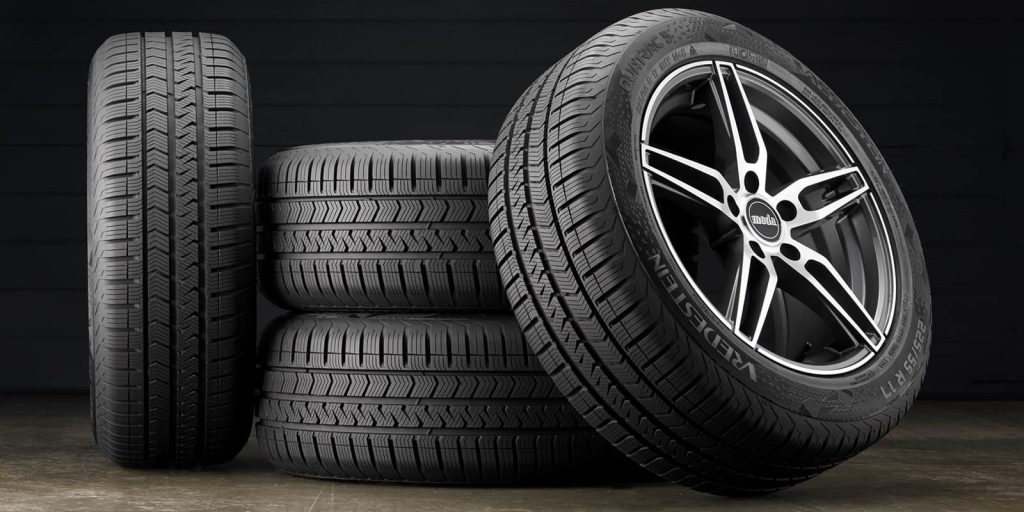
The answer may come as a surprise: the distinctive black color of tires is due to a crucial ingredient that greatly enhances their efficiency and overall durability.
Tires and wheels serve as a vehicle’s fashion accessories. According to the Online Etymology Dictionary, “tire” is derived from “attire,” meaning the decoration of a wheel.
As time, trends, and preferences evolve, so does the appearance of tires and wheels. In the 19th century, tires were made of solid rubber, while today’s tires are air-filled radials. A century ago, tires were typically white in color, whereas most tires on the road today are black.
Are Tires Naturally Black?
No.
Natural rubber, which is one of the main constituents of tires, is a white, milky latex. The first mass-produced inflatable auto, bicycle, and motorcycle tires were white, but did not last.
Today, up to 200 ingredients go into the manufacture of modern tires. Refined carbon black, a byproduct of incomplete combustion of coal and oil, is a crucial one.
Why Are Tires Black?
Tire manufacturers discovered that adding carbon black, polyester, metal, and other synthetic rubber compounds to natural latex helps tires perform better and last longer. Without carbon black, tires would not last 5,000 miles, according to Jack L. Koenig in his book, Spectroscopy of Polymers. It also gives tires their black color.
In addition to substantially increasing tire mileage and durability, carbon black:
- Shields tires against dry rot.
- Enhances handling, stability, braking, and fuel economy.
- Rapidly dissipates heat from a tire’s core and treads, extending lifespan.
- Disperses static electricity. In today’s vehicles full of highly sensitive electronics, static electricity can quickly damage expensive electronic equipment.
- Makes tires easier to maintain clean and shiny.
Why Aren’t Tires Available in Colors Besides Black?
They used to be. However, people did not purchase them.
Orange, blue, yellow, and green tires functioned the same as their black counterparts and met all U.S. standards for road safety and performance. However, they never became popular.
BFGoodrich once offered tires with colorful treads. According to Michelin, BFGoodrich’s parent company, in the 1950s, Goodyear produced tires of different colors to match your car, so drivers could match their fancy evening attire.
Goodyear also created tires from translucent material with lights inside! However, none of them were successful. Colorful tires, like white tires, got dirty quickly. They were also expensive. Without carbon black, people were not eager to pay extra for something that would not last long.
Today, white tires for antique vehicles are readily available. So are wide whitewall tires, made from the original molds to ensure authenticity when restoring classic and collector vehicles.
Tires with raised white letters, narrow whitewalls, and thin red-striped sidewalls can be found for custom applications. Pirelli produces tires for ultra-high-end vehicles with different colored sidewalls, lettering, and stripes, using similar compounds and production processes as their F1 racing car tires.
